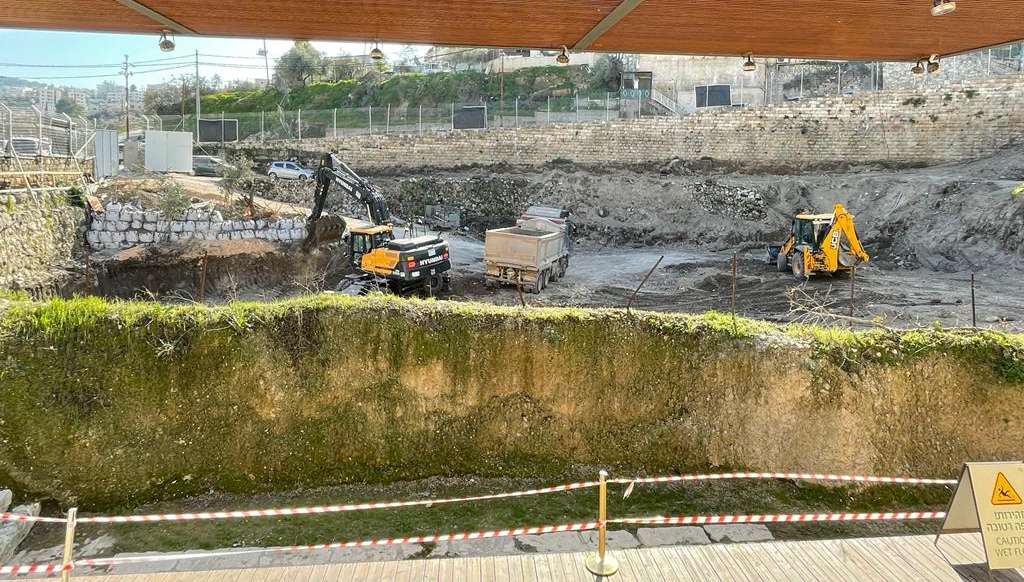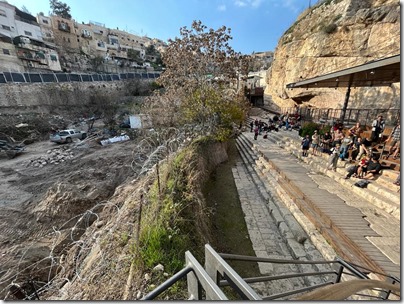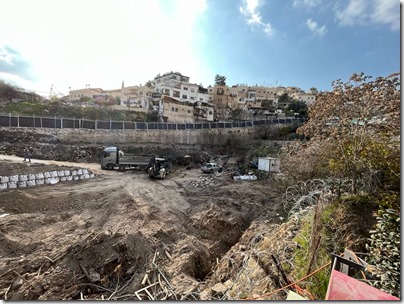“Archaeologists in Southern Italy uncovered a trove of historical treasures in a temple in the ancient city of Paestum. The treasures include a statue of the Greek god of love Eros, Terracotta bull heads and dolphin statues.”
Art & Object reports on excavation work around the Colosseum.
“A team of marine archaeologists working off the coast of Italy has identified a submerged Nabatean temple dating to the early first century CE.”
“Ancient Babylonian treasures, painstakingly unearthed, are slowly disappearing again under wind-blown sand in a land parched by rising heat and prolonged droughts.”
Eckart Frahm is guest on The Ancients podcast to discuss the “Rise of the Assyrians.”
David Moster found a Babylonian Kudurru at Goodwill and made a video about it.
Tom Davis discusses Pauline archaeology on the latest episode of Biblical World.
New release: Ramesses II, Egypt’s Ultimate Pharaoh, by Peter Brand (Lockwood Press, 575 pages, $40)
New from Eisenbrauns: The Royal Inscriptions of Ashurbanipal (668–631 BC), Aššur-etel-ilāni (630–627 BC), and Sîn-šarra-iškun (626–612 BC), Kings of Assyria, Part 2, by Joshua Jeffers and Jamie Novotny. Price reduced to $91 with code NR23.
The latest BAS OnSite video tours Petra, with BAR editor Glenn Corbett as guide.
HT: Agade, Arne Halbakken, Keith Keyser, Alexander Schick, Explorator


